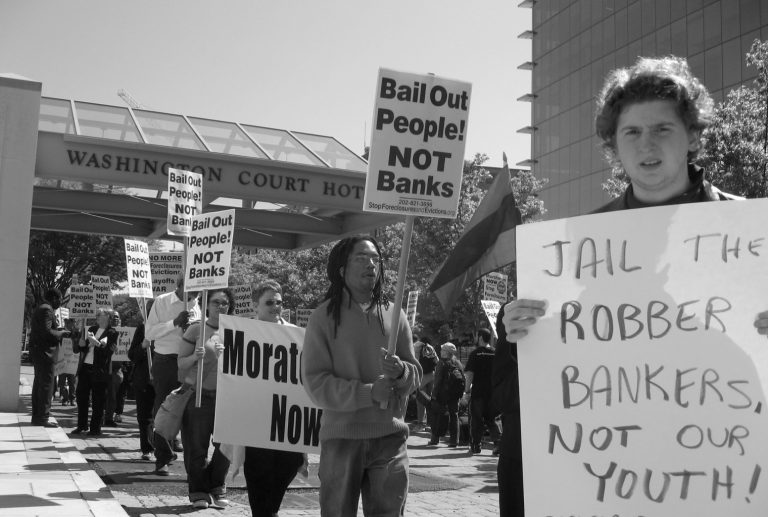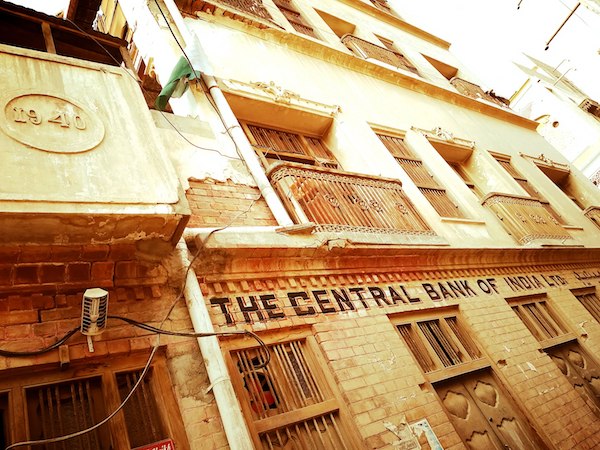2018-10-26 01:50 |
According to a recent joint study made by IBM World Wire and the Official Monetary and Financial Institutions Forum, has discovered that the major global financial institutions in the world believe that the central banks should developed “central bank-issued digital currencies” (CBDCs). The same research has indicated that the banks are still very divided about the idea.
The study was made with 21 central banks and several financial private institutions. The Next Web’s Hard Fork has reported that 38% of the central banks are actively thinking about cryptos but 76% of them were still uncertain on how effective the distributed digital ledger technology was.
A result from the investigation was that it was mainly unnecessary to rush in issuing digital tokens as there was not a great need to do it right now but with 38% of the banks doing some research, it looks like the subject might be of their interest. It should be noted, though, that even some companies researching on the blockchain do not believe in its potential so much as to think that banks should be issuing their own CBDCs.
No Clear ConsensusThe main issue is that there is simply not a consensus for the banks. They are split and some defend the need for CBDCs but most of them don’t, yet they do not agree necessarily on everything. The whole banking sector is pretty much divided with crypto enthusiasts and the ones who think the technology is unnecessary.
Recently, the Reserve Bank of Australia, for instance, has affirmed that cryptocurrencies and CBDCs are not necessary and that there is no reason to emit them, for instance, which have frustrated many Australian crypto evangelists.
One of the main issues is that central banks are already considered to be trustworthy enough so that they will simply not need the blockchain technology at all, so most of them, independently on whether they are interested in digital fiat, are against the decentralization concept.
Some people seemed to be concerned on the issue of who would actually store the money and be responsible for it, though. There is a slight consensus that the CBDCs should be backed 1:1 with traditional fiat, but who would store it? While some people wanted commercial banks to store the money, some believed that only the major central bank should be trusted.
What Are CBDCs?The report also takes its time to define two types of CBDCs and to explain them. They can either be retail of wholesome types. The retail version of a digital fiat currency would be universally available and would replace banknotes completely. The wholesale version, on the other hand, would be limited to commercial banks and clearing houses.
According to the report, the wholesale CBDCs would be held as reserves in fiat and they would represent a more flexible way to operate with the money in non banking hours.
Because of all this, it is very hard to know which way the banks will go and whether they will all tend to go to the same side or not. While some countries like Thailand, Singapore, Saudi Arabia and Canada are, according to the The Next Web’s Hard Fork, operating with their own CBDCs, we are still not sure whether this will turn into a trend or not. There is a certainly a long way to go before anyone can be certain on how the future will be.
origin »Digital Rupees (DRS) íà Currencies.ru
|
|




















